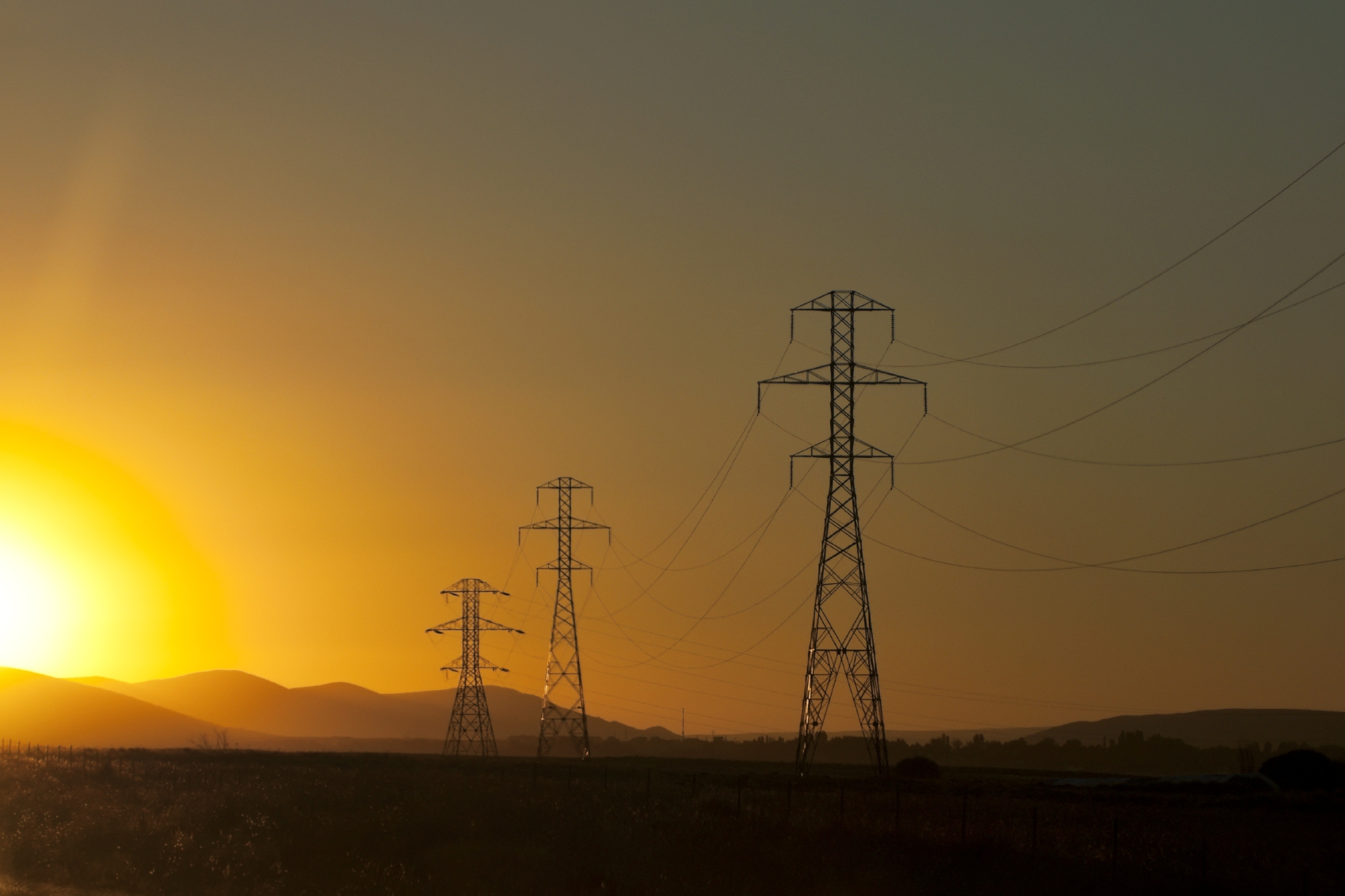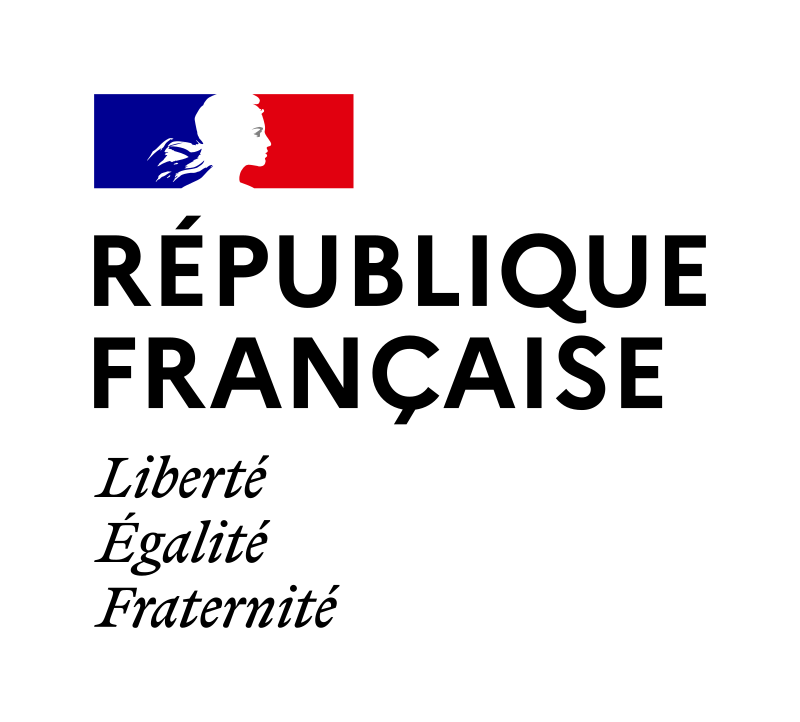
If the European project is about anything, it is about putting the common good before the individual interests of nation states and pooling resources to secure that good.
Given the urgency posed by rising global temperatures and climate change, it is clear the common good for all EU citizens increasingly hinges on how the 28 member states supply and use energy.
ENERGY DEPENDENCY
In case there is any doubt, the EU as a whole imports more energy than any other country in the world. According to Eurostat, it imported 53.2% of its gross energy consumption in 2013, mainly in the form of crude oil and natural gas, totalling about EUR 400 billion. It imported some 34% of its crude oil and 39% of its natural gas from Russia alone in 2013.
Reducing this energy dependency is what drove former Polish prime minister and current European Council president Donald Tusk to propose an energy union in April 2014. The climate crisis and the cheap price of energy in the US compared to the rising cost of electricity across Europe brought things to a head. EU member states, the EU Commission, the energy industry and civil society have decided the time has come to revamp and reshape European energy policy.
And so in February of this year the European Commission launched its Energy Union, a strategy to achieve the twin goals of energy security and a low carbon economy while preserving consumer purchasing power and market competitiveness.
The government policy institute France Stratégie is no stranger to the energy challenges facing Europe. In 2014, it published an in-depth analysis on the EU and energy issues, Europe’s Power System in Crisis. It has built on this work in The Energy Union, a detailed report it published mid-September
looking at the hurdles this ambitious energy policy faces and setting forth several possible solutions to overcoming them.
The European Council (i.e. the heads of state of the EU member nations) decided to build the Energy Union on five central pillars: 1) energy security, solidarity and trust; 2) a fully integrated European energy market; 3) reducing the level of CO2 emissions in the economy; 4) energy e ciency as a means of moderating demand; and 5) research, innovation and competitiveness.
Underpinning the Energy Union is the 2020 climate and energy package the EU adopted in 2008, which calls for a 20% cut from 1990 levels in greenhouse gas emissions, 20% of EU energy from renewables and a 20% improvement in energy e ciency.
[...]





